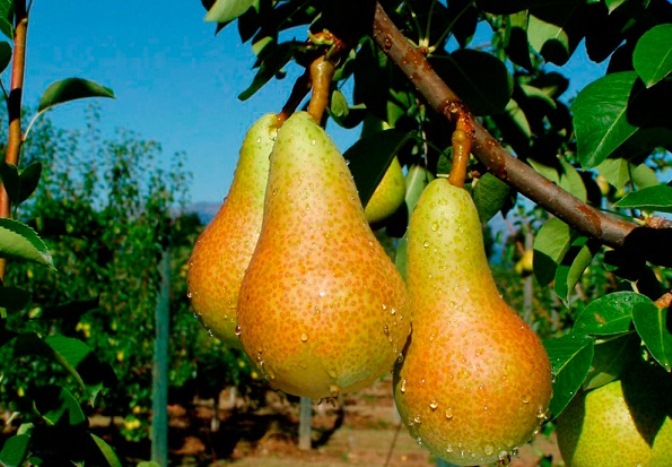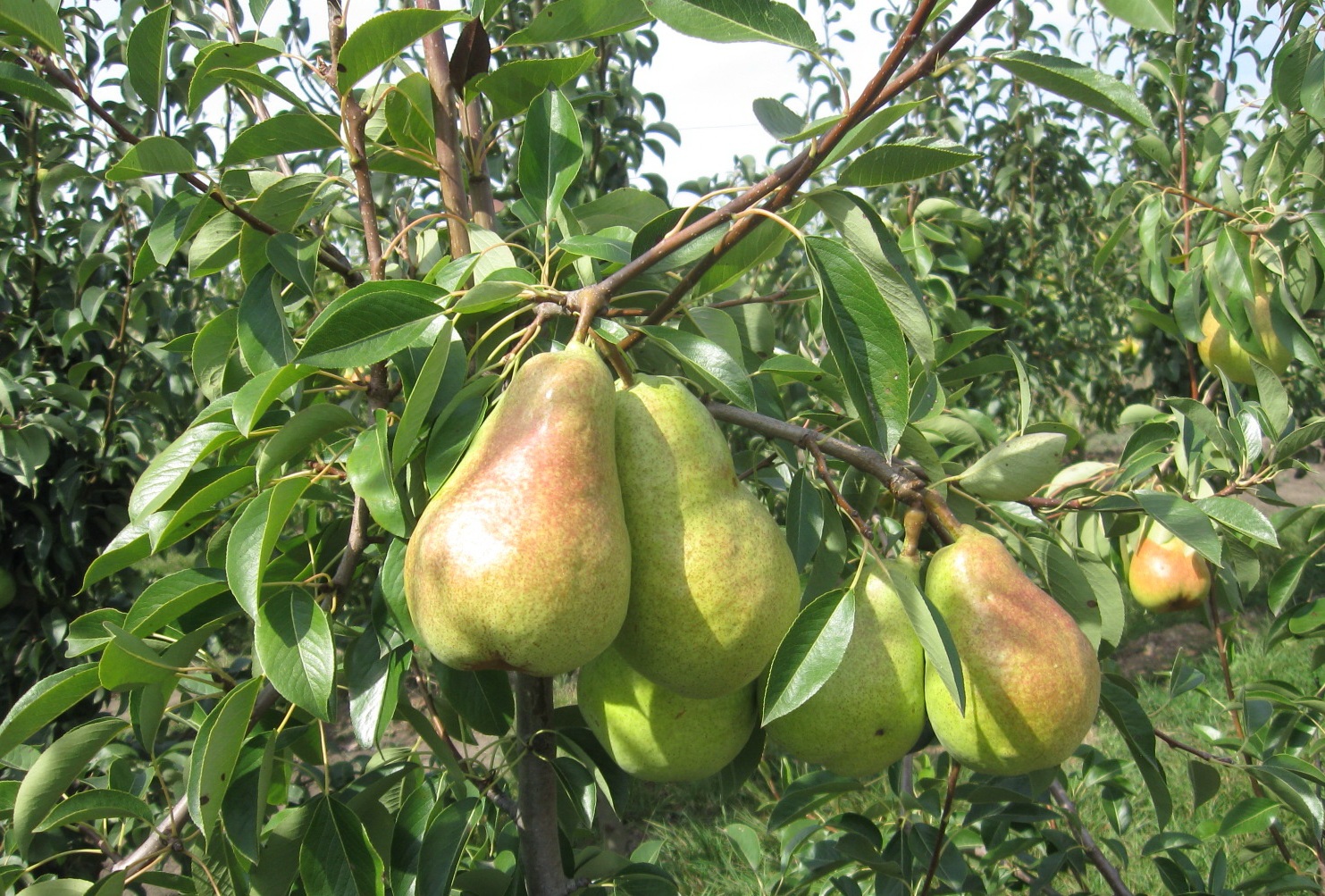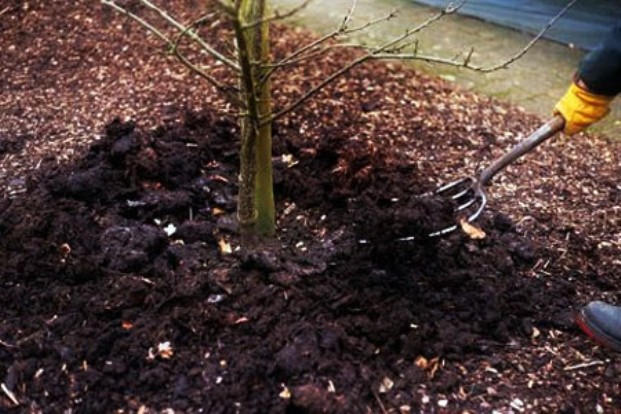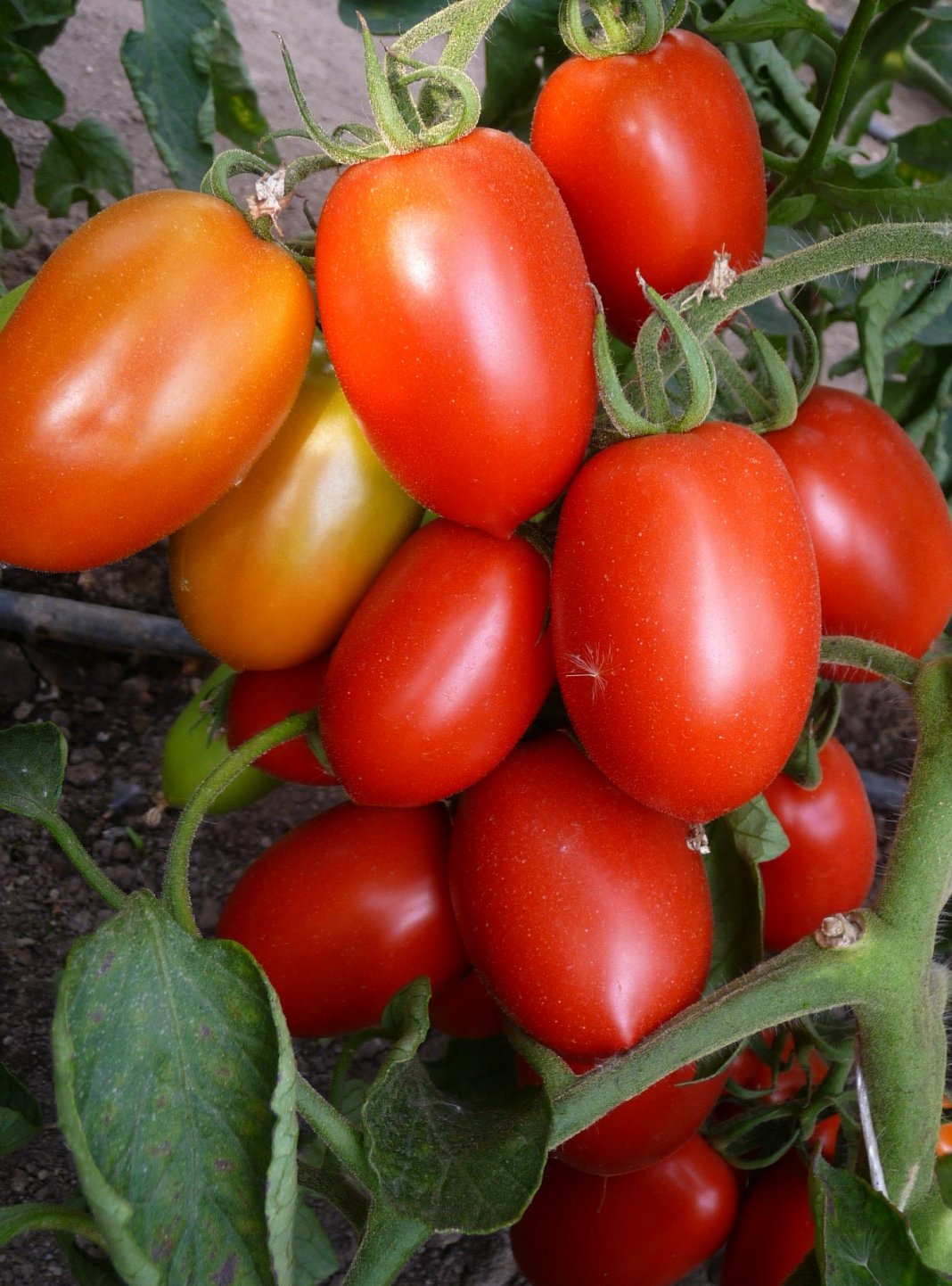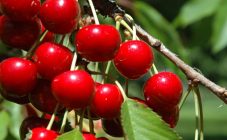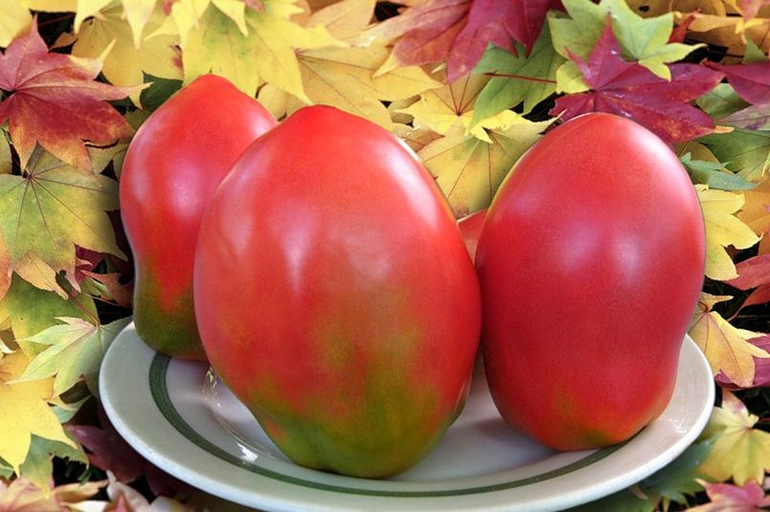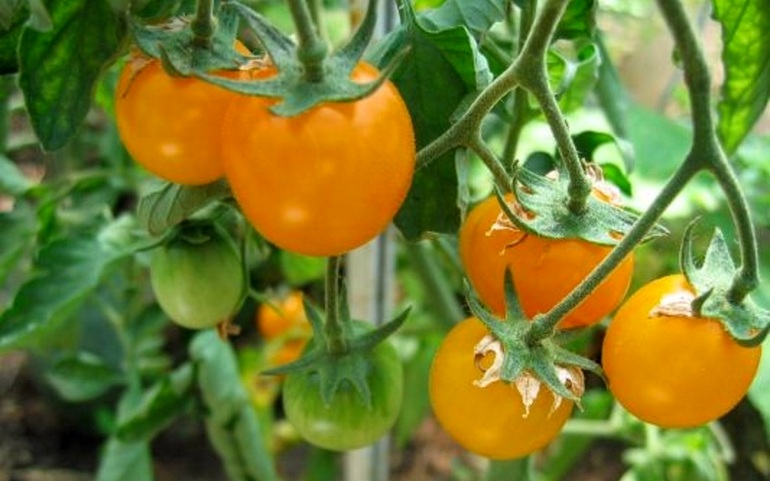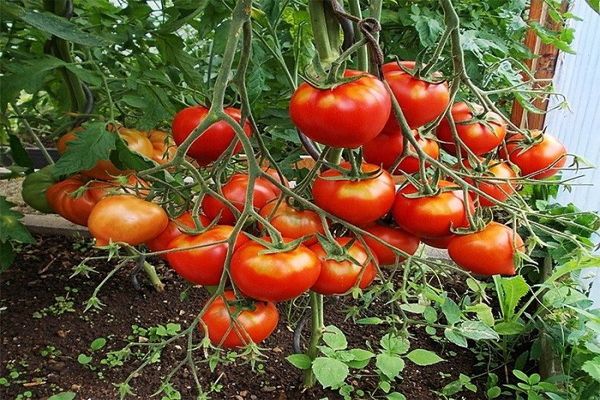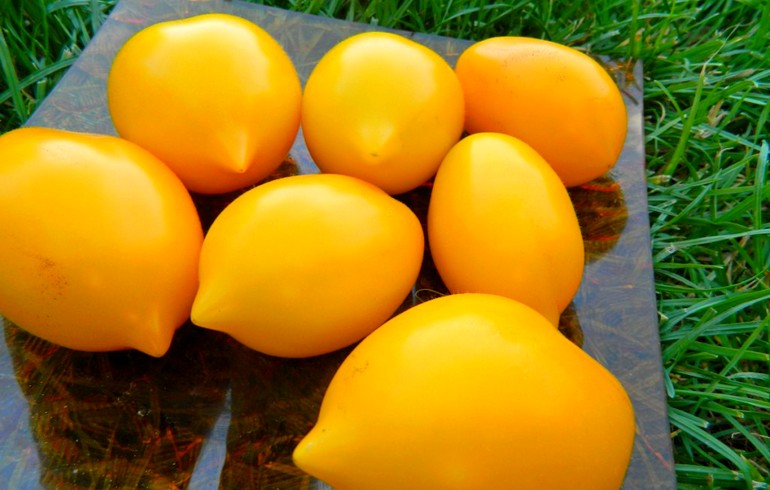Content:
The pear combines good appearance and great taste. The varieties that give annual bountiful harvests are appreciated, and so that the fruits obtained from them can be transported at any distance and stored for a long time. These include the variety of Abbot Vettel (sometimes there is a variant of the name Abbot Fetel).
The history of the creation of the variety
For the first time this species was bred in France in the 15th century. The abbot quickly spread across the European Mediterranean. The commercial use of the hybrid began in Italy and Spain in the late 17th century. The healthy fruit began to be cultivated in other countries only 100 years later, after the start of the industrial revolution in England. But due to excessive moisture, the pear hybrid did not take root everywhere.
In Germany and Central Europe, it was difficult to grow due to its low frost resistance. This negative property delayed the cultivation of the Abbot pear in Russia as well. But by the beginning of the 20th century. managed to solve most of the problems, so the hybrid received the recognition of gardeners.
Specifications
Abbot Vettel is a pear that will satisfy all the requirements of any gardener. It is grown on an industrial scale in Southern Europe (Italy, France, Spain) due to the following characteristics:
- The plant belongs to the subgroup of Rosewood trees. The harvest ripens in the first days of autumn. Fruiting begins at the age of four.
- Pear Abbot belongs to the order of winter-hardy species, but in severe frost (over -30 ° C), its branches and trunk freeze, therefore cultivation of the variety is preferable in the southern regions.
- Fetel has an average height that ranges from 3.5 to 6 m. The variety has a pyramidal crown with dense foliage. The branches of the hybrid are directed upwards.
- No pollinator is needed for the tree. The pear itself fertilizes the female flowers.
- The optimal age when the tree produces the maximum amount of fruit is 6-7 years. Fetel bears fruit for almost 20 years.
Description of fruits:
- rounded, slightly elongated;
- the mass of pears ranges from 0.18 to 0.25 kg;
- with thin skin;
- painted in green and yellow shades with ruddy sides.
The pear is eaten fresh, it is also canned for the winter. Vettel can be stored in a cellar at 5 ° C for 3 to 4 months. It is recommended to harvest the fruits 1.5 weeks before they are fully ripe. The pear has an increased immunity to most diseases typical of this species.
Pear Abbot and Conference: Difference
Some gardeners confuse Abbot Vettel with another Conference variety. To figure it out, you need to look in the agricultural reference book, which says what is the difference between Abbot and Konferez pears:
- the first variety ripens in the fall, and the second in the summer;
- Vettel has no dependence of fruiting on weather conditions;
- The conference has an unpresentable appearance, while the Abbot, on the contrary, looks beautiful;
- The Conference variety is susceptible to almost all diseases.
Which tree to plant on the site must be decided by the summer resident himself, guided by the climatic conditions of the region of residence and financial capabilities.
Growing
After the acquisition of seedlings, they are planted in autumn or spring.Although the pear of this species is fertilized by itself, it is still recommended to plant 2-3 trees in one area so that they can cross-pollinate.
For breeding, seedlings are chosen that are already 2 years old. They must be at least 80 cm long, with intact roots and smooth bark. For each, you need to dig a hole 1.0-1.2 m deep, 700-800 mm wide. A distance of 4-5 m is left between individual trees, and 6-7 m between rows. The root system feeds the tree well if it is buried 60 cm. The seedlings are installed in the center of the dug holes, having previously filled them with manure, river sand and peat. The root neck of the pear should be 2-3 cm above the ground surface, and the grafting site should be 30 mm.
After installing the seedling in place, the pit is filled up, tamping the soil around. Near the trunk of the pear, you need to make holes with a roller and water the tree abundantly. For this, 20-30 liters of water is enough. Then a peg is driven into the ground near the trunk and a seedling is tied to it.
To obtain the maximum number of fruits, timely plant care is needed.
- The soil around the pear should be loosened once every 2 weeks. Weeds are removed 2 times a month.
- Vettel does not need abundant watering, 2-3 buckets at a time are enough. After irrigation, it is recommended to mulch the near-trunk space.
- Nitrogen, potash and phosphorus fertilizers or their organic analogues are introduced into the soil 2 times a year - in spring and after harvesting.
- The pear forms its crown on its own, but once a year it is recommended to carry out sanitary pruning, to remove broken and diseased branches, frozen shoots.
- Prevention of diseases is carried out once a year, spraying the pear in the spring with preparations containing copper. It is necessary to treat Vettel to protect against pests with various means that destroy butterflies, caterpillars, flies and aphids. You can use a solution of water and wood ash (for 10 liters of 200 g of ash). They are sprayed with trees before the pear flowering period.
Advantages and disadvantages of the variety
The advantages of Vettel are:
- good fruit appearance;
- increased frost resistance;
- long shelf life of fruits;
- disease resistance.
The disadvantages of a pear are:
- high fragility of branches after severe cold weather;
- the inability of the plant to recover with the arrival of spring;
- fast damage to fruits during harvesting;
- the plant is susceptible to damage when garden pests appear in the garden.
In Russia, the Abbot variety grows well in the southern regions. When breeding in the middle lane, trees need to be covered for the winter. For some, this is a hassle, but those who dare to try will not regret choosing after the first harvest.
